Asgard 2.0: Building the Ultimate Unraid Backup Beast
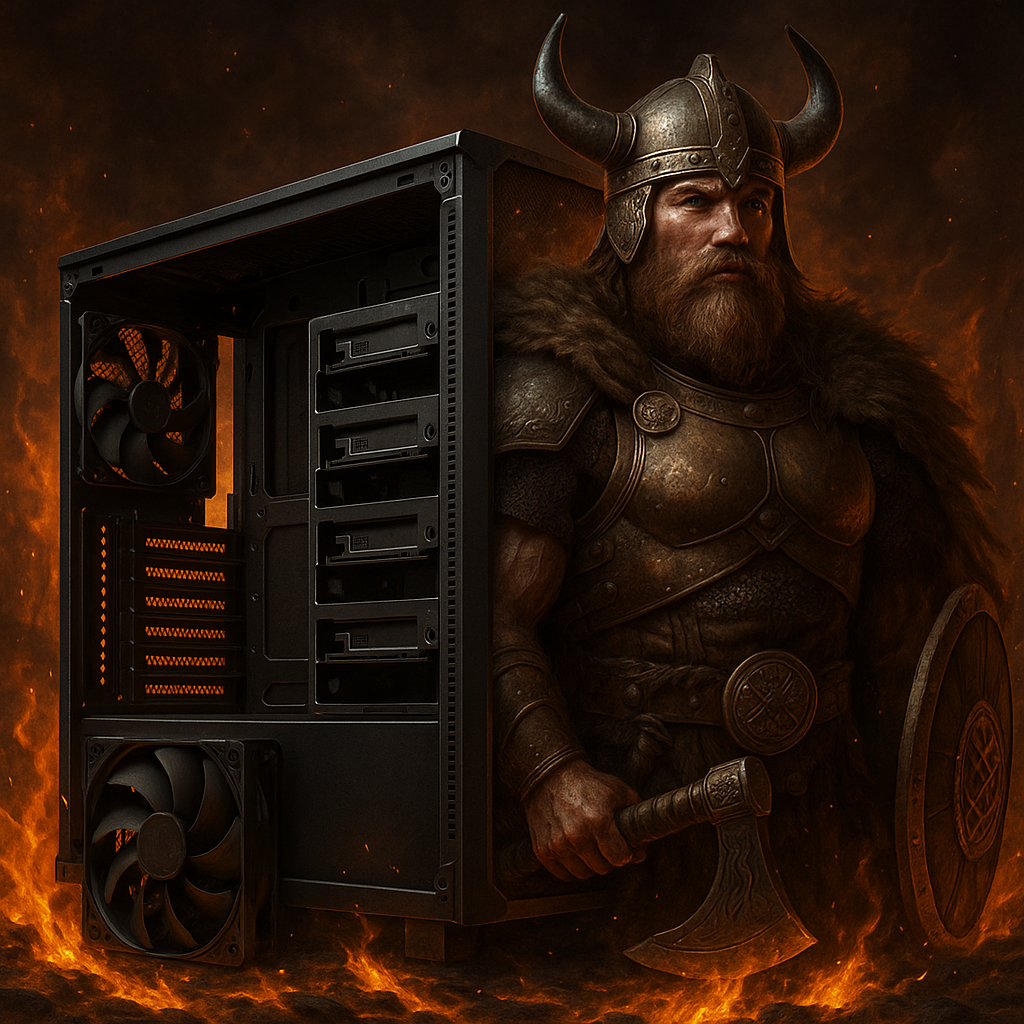
If you've followed along with my never-ending saga of home networking and server insanity, you already know about Valhalla—my main Unraid server that effortlessly handles my absurdly large collection of movies, TV shows, Docker containers, and virtual machines. Well, because redundancy is the hallmark of a paranoid genius (or obsessive tech hoarder, your call), it’s time for Valhalla to meet its equal: Asgard 2.0. This isn’t just a backup server; this is the digital fortress I've meticulously planned to mirror Valhalla in real-time, ensuring my precious data remains immortal.
Why Build Asgard 2.0?
Simple: because trusting a single machine to hold years of media, critical data, and questionable life choices feels about as safe as juggling flaming chainsaws blindfolded. Asgard will serve as Valhalla’s mirror, safeguarding everything through real-time replication, meaning if Valhalla trips, stumbles, or explodes spectacularly (probably due to my tinkering), Asgard steps in without skipping a beat.
Let’s Talk Specs
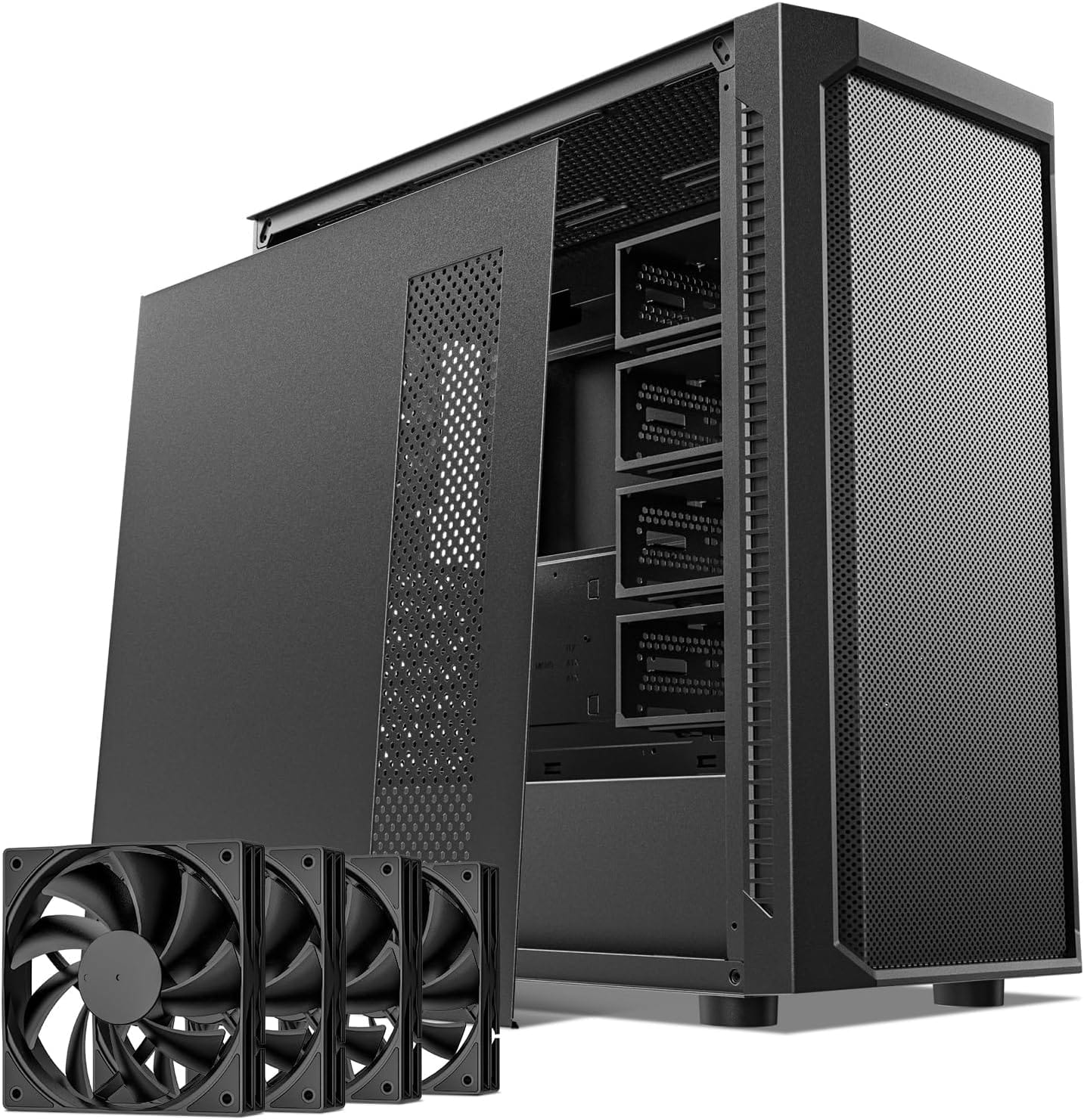
The Chassis: DARKROCK Classico Max Storage Master E-ATX Case
Why this one? 10 drive bays for my ever-growing hard drive addiction, room for three 2.5" SSDs, and enough airflow from 10 fans to cool a small data center. Plus, it looks like it was designed by someone who enjoys shouting "another!" after slamming down a mead-filled horn.
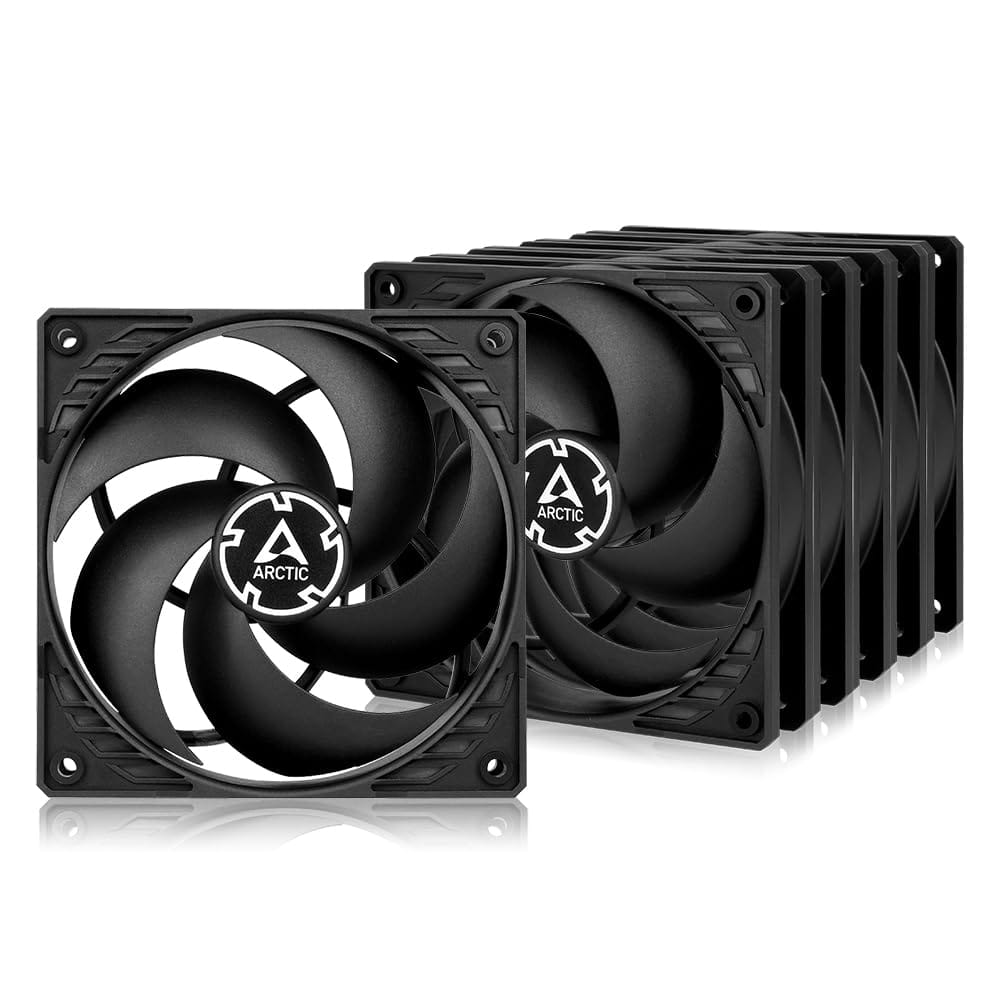
Cooling & Airflow: ARCTIC P12 PWM PST Fans and ARCTIC Fan Hub
Ten synchronized fans blasting cool air around the clock at a whisper-quiet hum, all managed by the ARCTIC fan hub. No more fan noise keeping me awake—just the existential dread of my drives failing simultaneously.
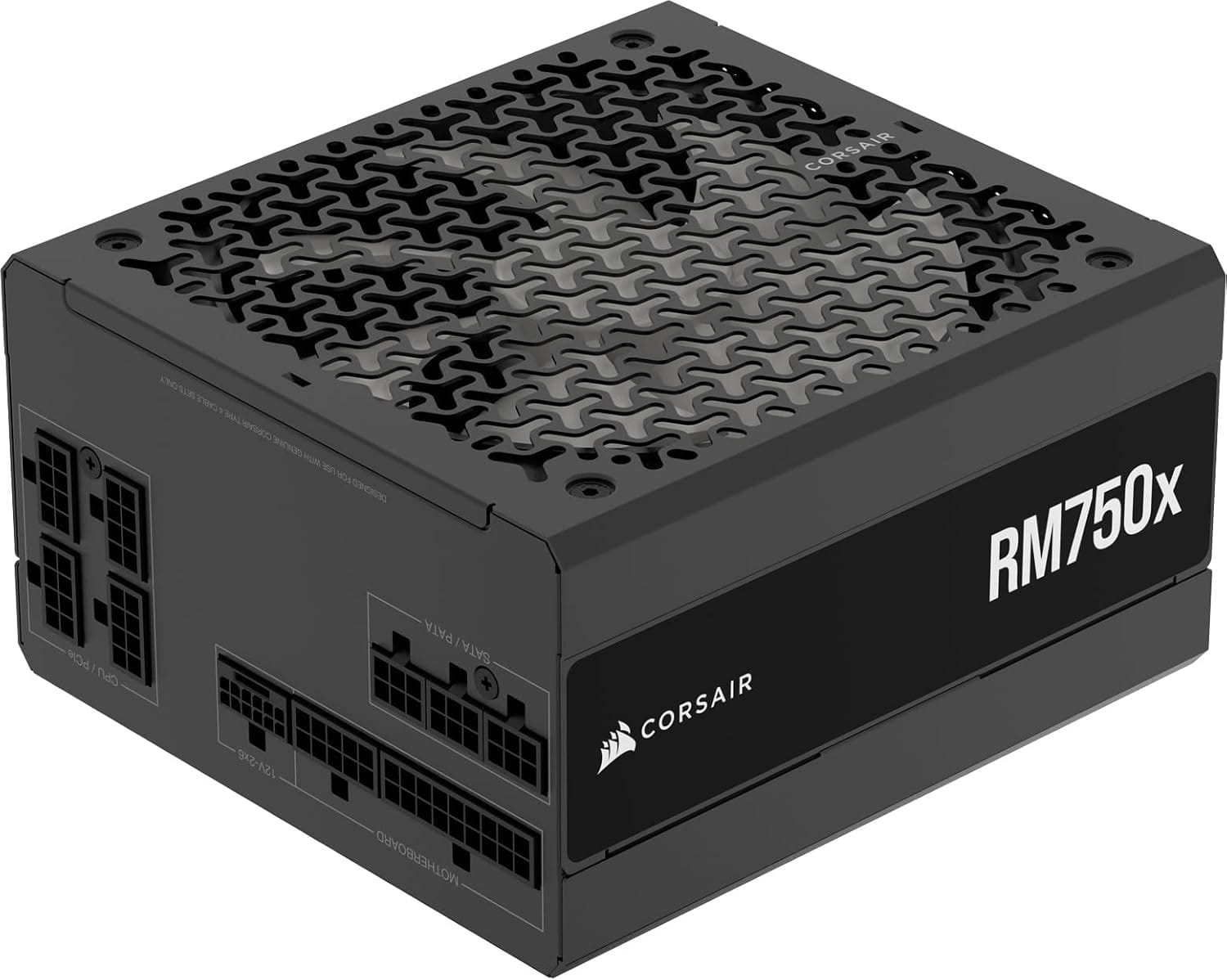
Power: CORSAIR RM750x PSU and Zahara SATA Power Cables
Fully modular with Gold efficiency, this PSU provides stable power with enough SATA connectors to juice all my drives. Zahara cables and Art&Beauty splitters ensure I can power 14 SATA devices without creating cable spaghetti.
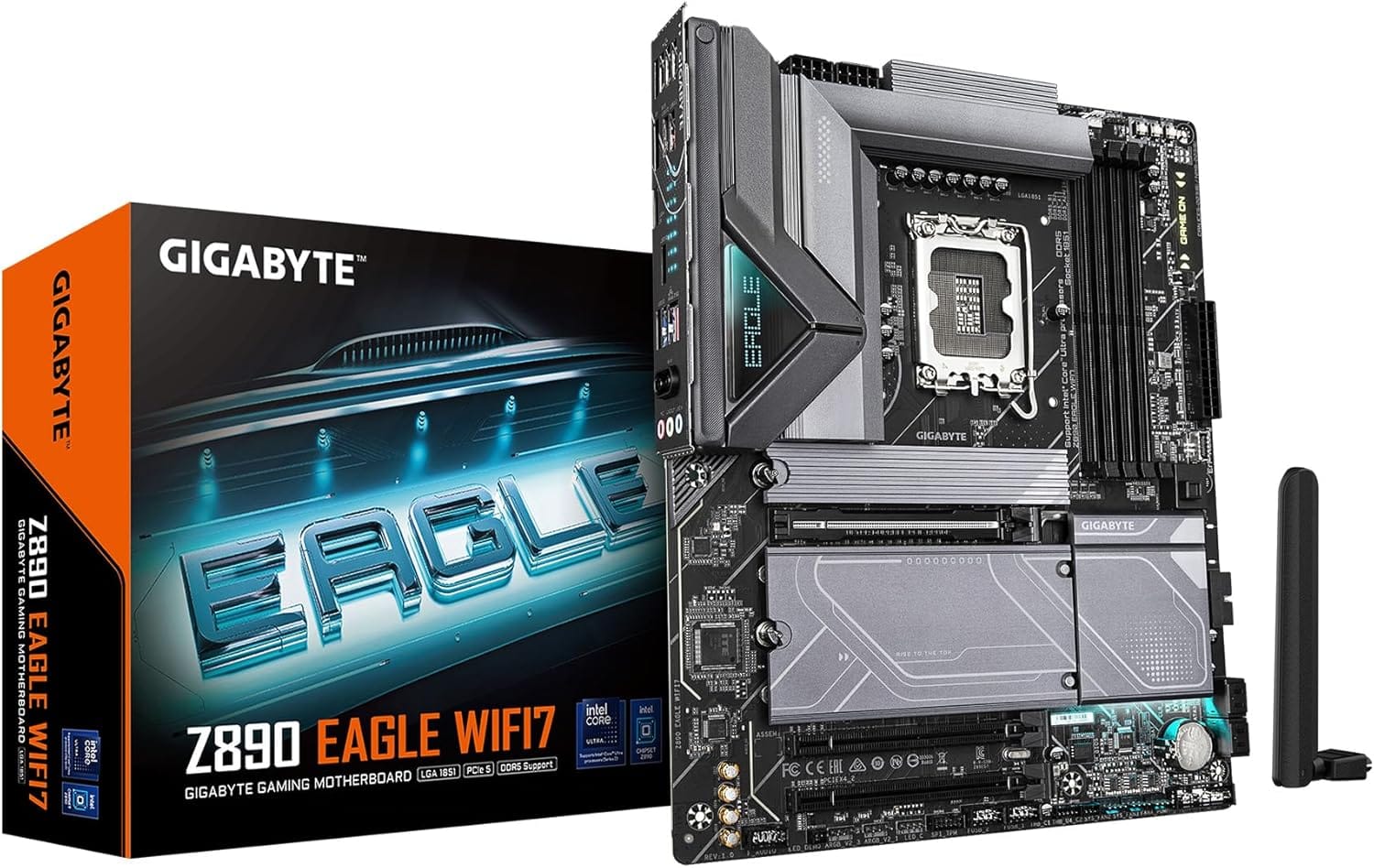
Brains and Brawn: Intel Core Ultra 5 235 CPU and GIGABYTE Z890 Eagle WIFI7 Motherboard
14 cores, QuickSync for smooth Plex transcoding, and enough processing power to laugh at whatever Docker or VM nonsense I throw at it. The Z890 motherboard brings DDR5, PCIe 5.0, WiFi 7, and 2.5GbE LAN, which translates to blazing network and storage speeds—because patience is overrated.
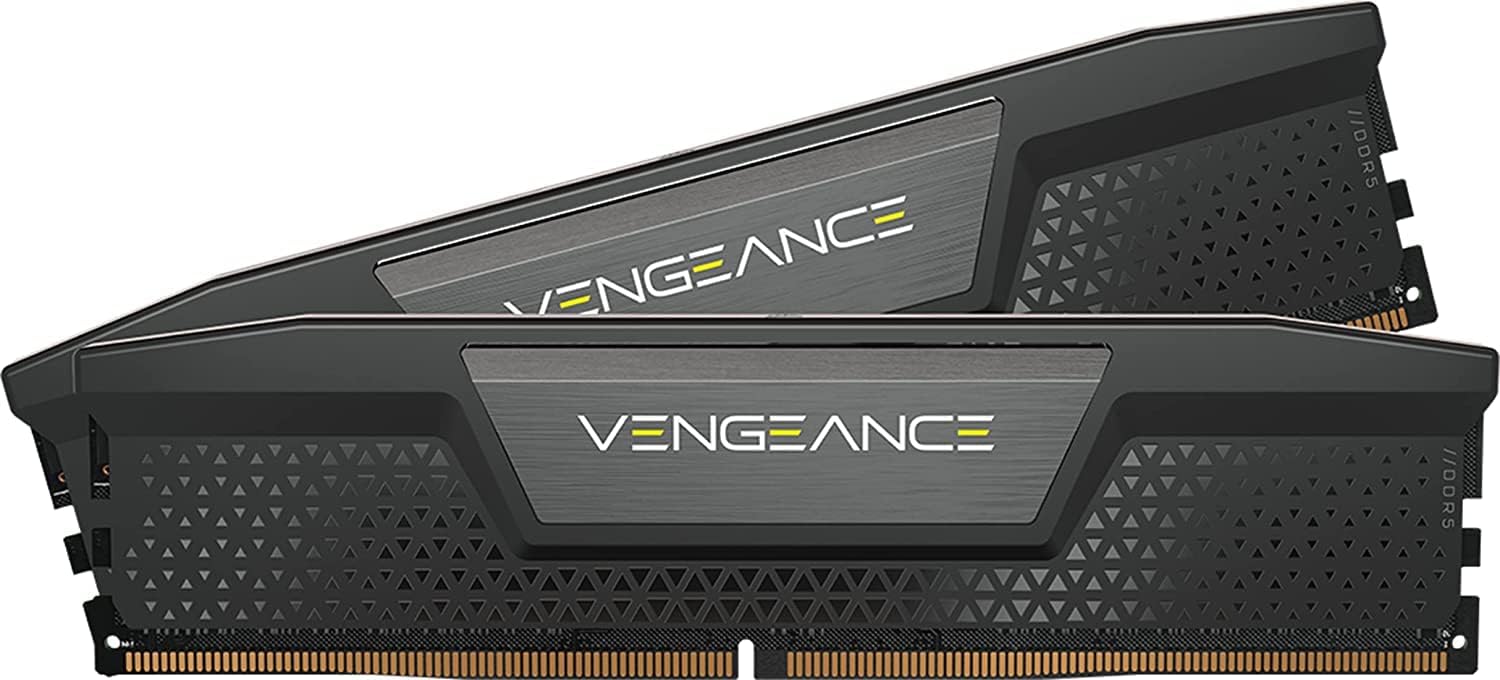
Memory Madness: 64GB CORSAIR VENGEANCE DDR5 RAM
64 gigs of DDR5 ensures Unraid OS, Docker containers, and VMs run silky smooth. Overkill? Absolutely. Regrets? Zero.
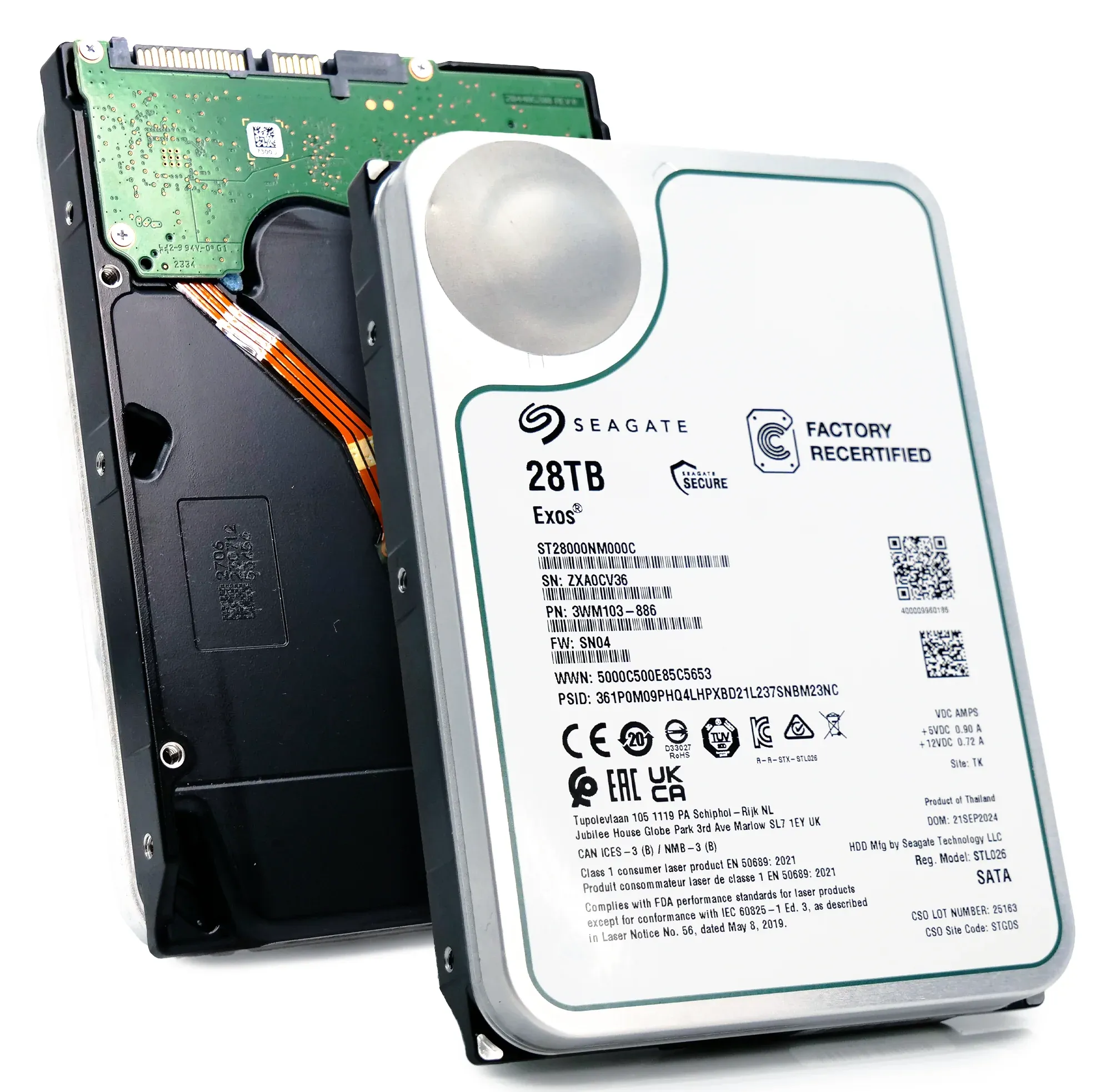
Storage Galore: NVMe, SATA SSDs, and Seagate Exos Drives
My mirrored NVMe cache pool (Samsung 990 PRO & Sabrent Rocket) is my Docker appdata sanctuary. Three TEAMGROUP Vulcan Z SATA SSDs handle a secondary cache pool in RAID 0 for incoming data, with another reserved for backups and VM storage. The main storage? An obscene 264TB of raw storage courtesy of eight Seagate Exos 28TB drives (one dedicated parity) and two 20TB drives for additional array storage. That’s 236TB of usable space with single-drive failure tolerance—because "just enough" is never really enough.
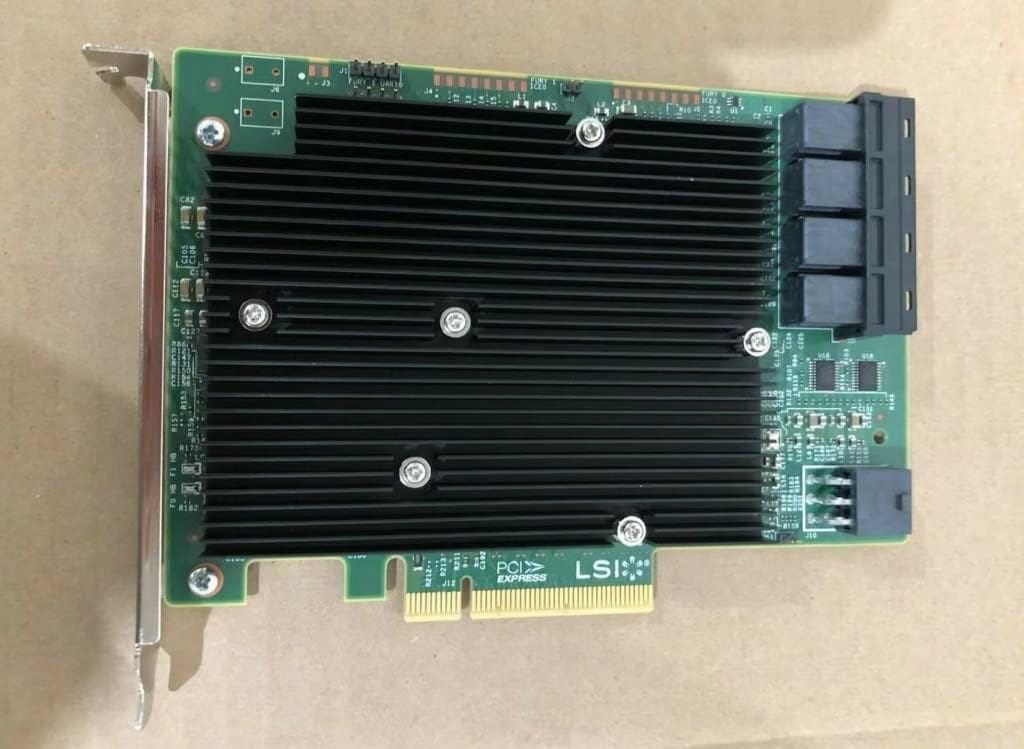
Drive Controller: LSI 9300-16i HBA Card
All my spinning drives and SATA SSDs hook into this beast, ensuring maximum throughput and minimal headaches. It’s proven hardware running in IT mode—no drama, just data.
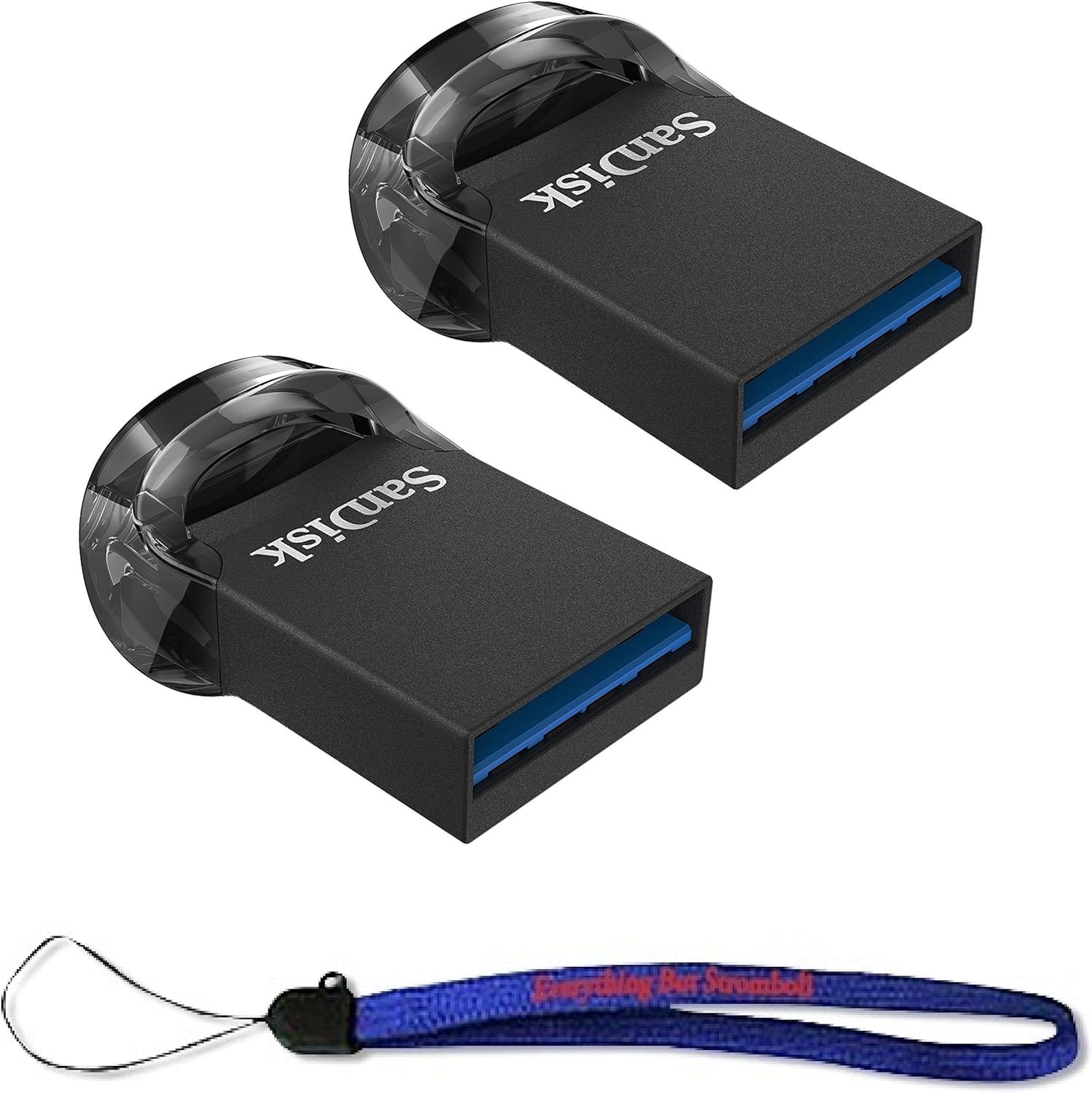
Boot Drive: SanDisk Ultra Fit USB
The tiny, unobtrusive USB drive is where Unraid resides, loading entirely into RAM at boot. It’s backed up nightly, ensuring even the smallest cog in my data empire has a safety net.

Unraid Pro License: Eternal Glory
The heart and soul of Asgard. Unlimited storage devices, perpetual lifetime updates, integrated Docker and VM management, ZFS/BTRFS/XFS pool support, Tailscale + VPN integration—basically everything needed to rule my digital universe.
Why Asgard 2.0 Kicks Serious Ass
This isn’t just a backup—it’s a fully operational battle station mirroring Valhalla byte-for-byte. It’s engineered for maximum redundancy, ludicrous storage capacity, and effortless scalability. No matter how expansive my digital hoarding gets, Asgard stands ready, quietly judging yet flawlessly executing.
With Asgard 2.0, I’m not just protecting my data—I’m immortalizing my digital legacy. (Or at least ensuring it survives my next "let’s see what this button does" moment.) Stay tuned for more updates as I document the build step-by-step and inevitably encounter the comedic misfortunes along the way.
Let the saga continue!
